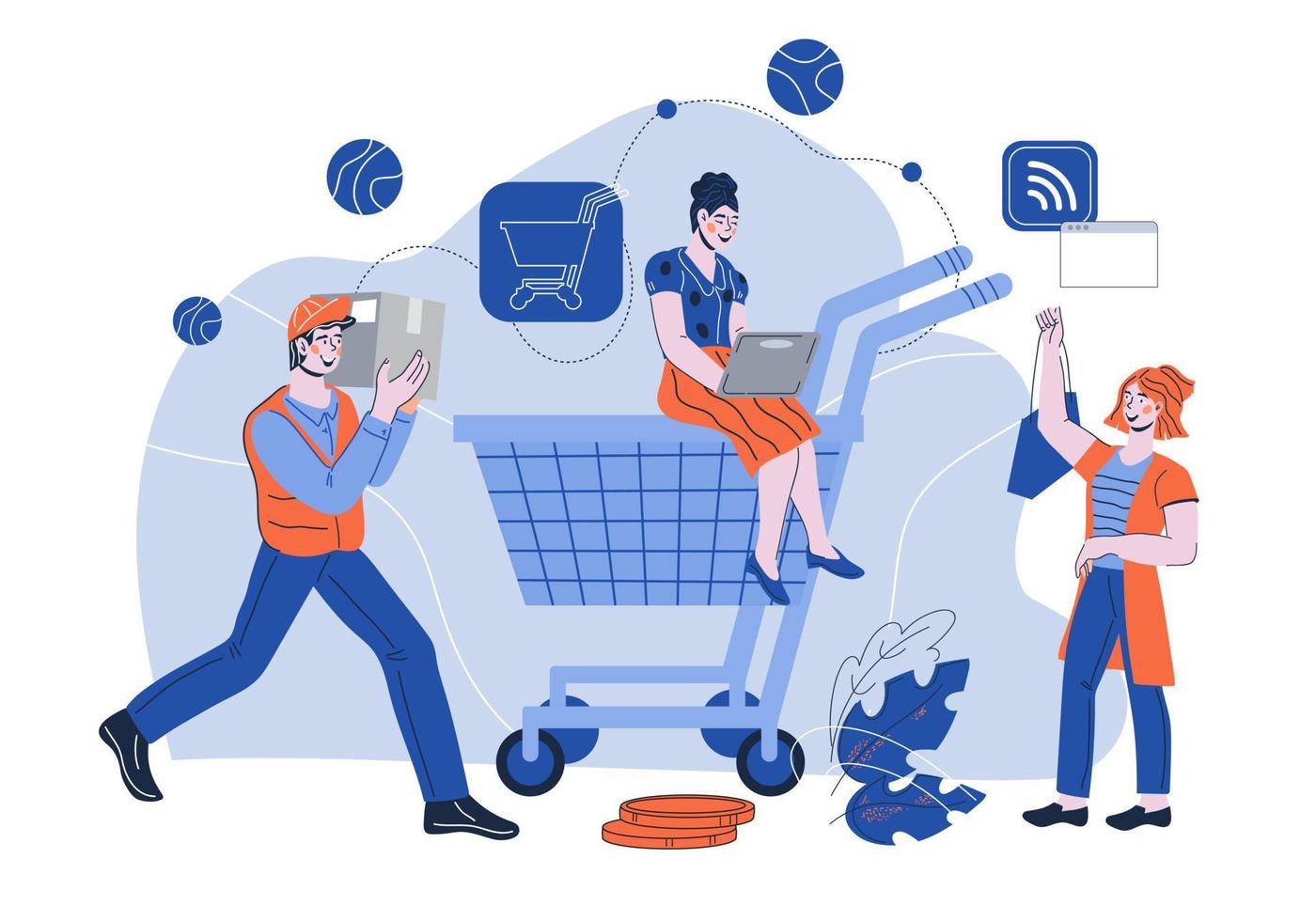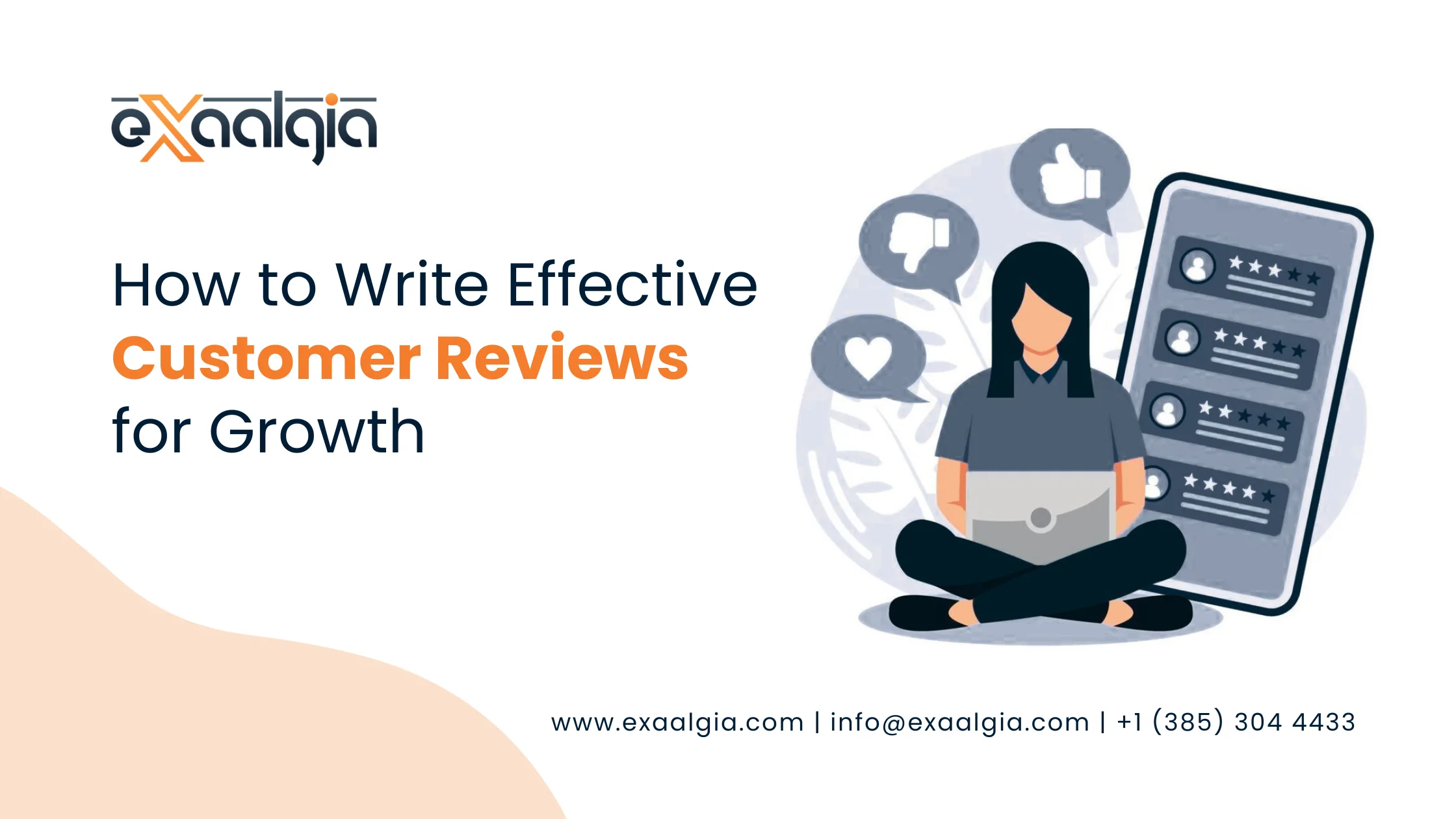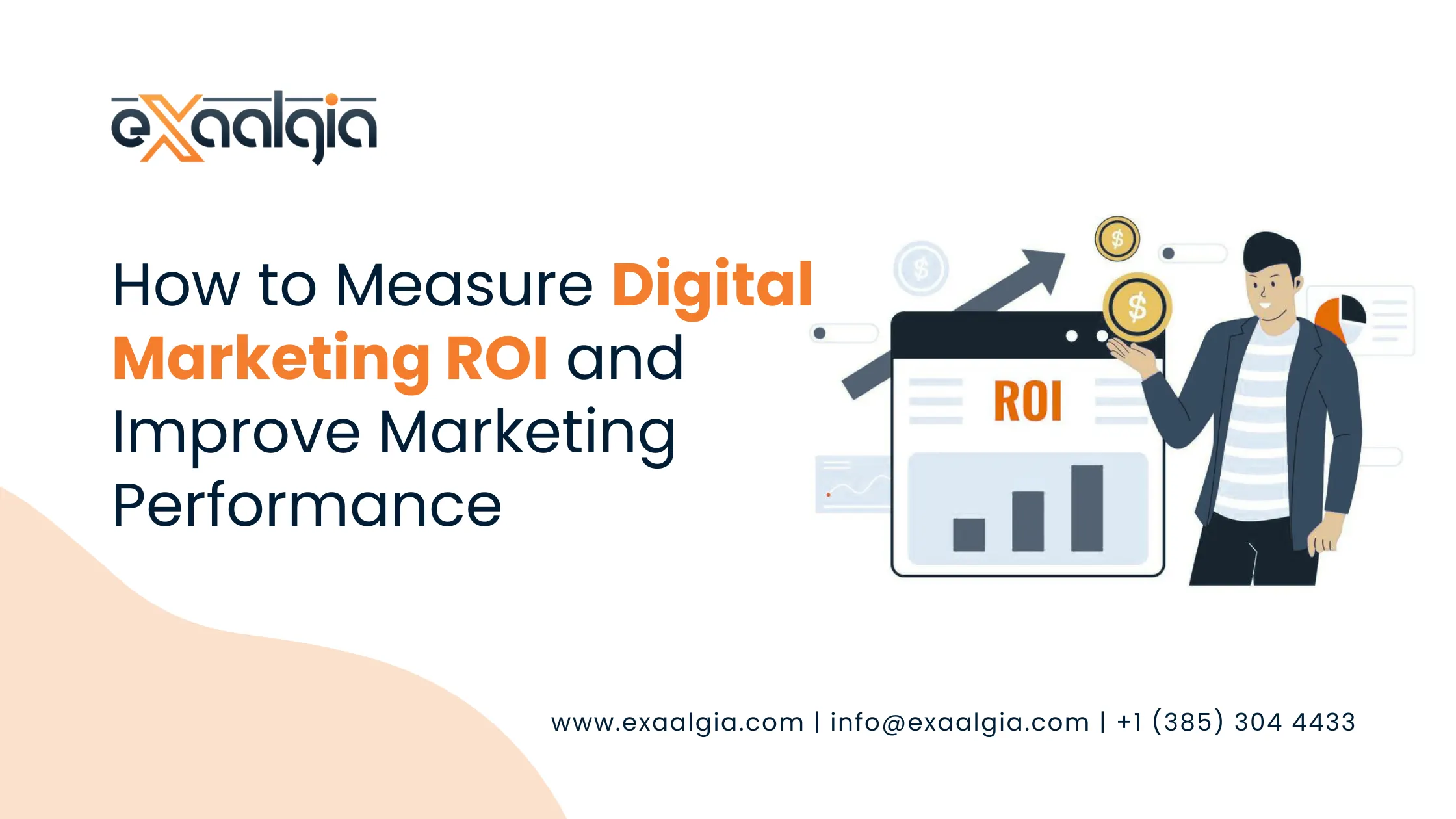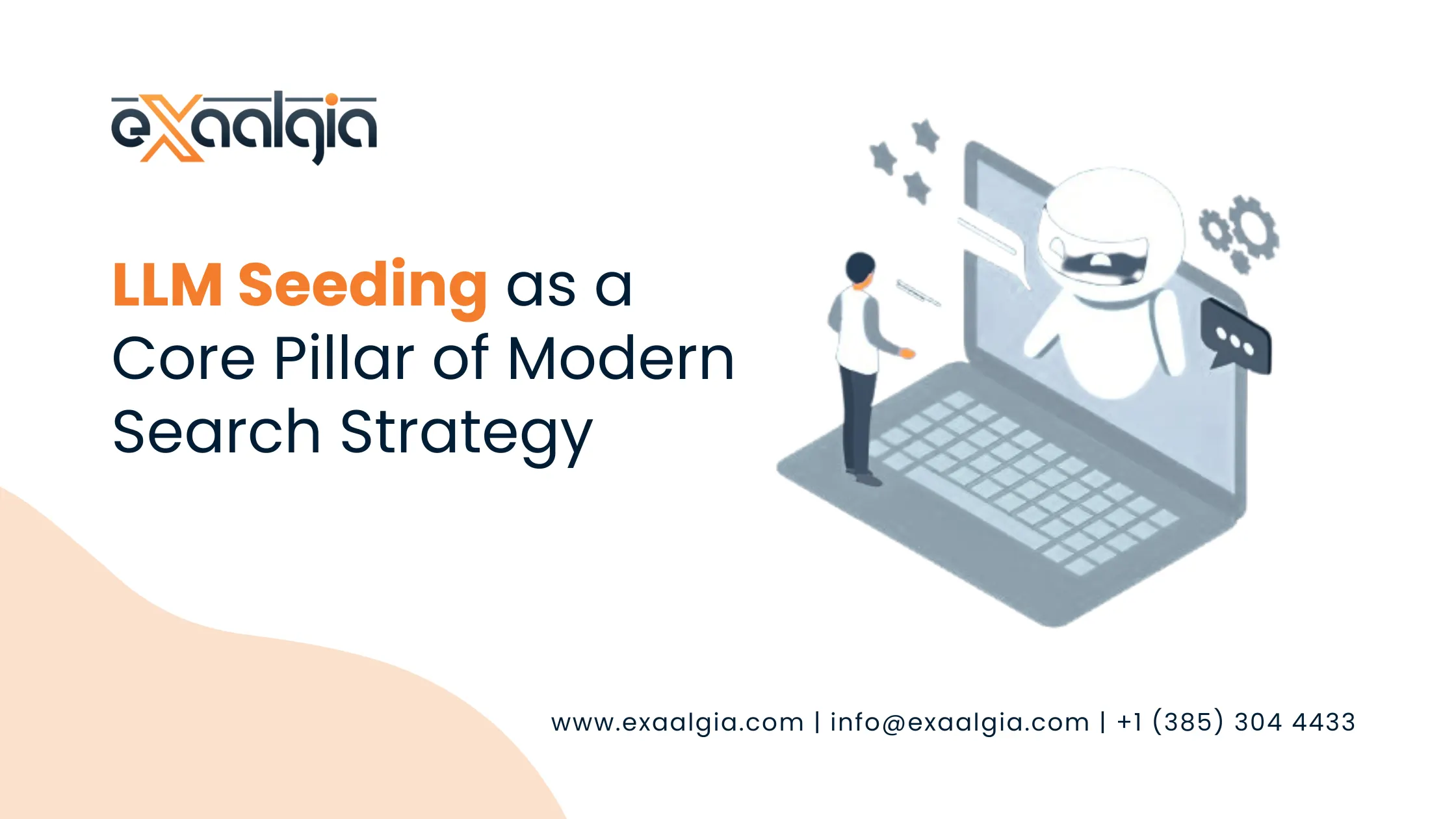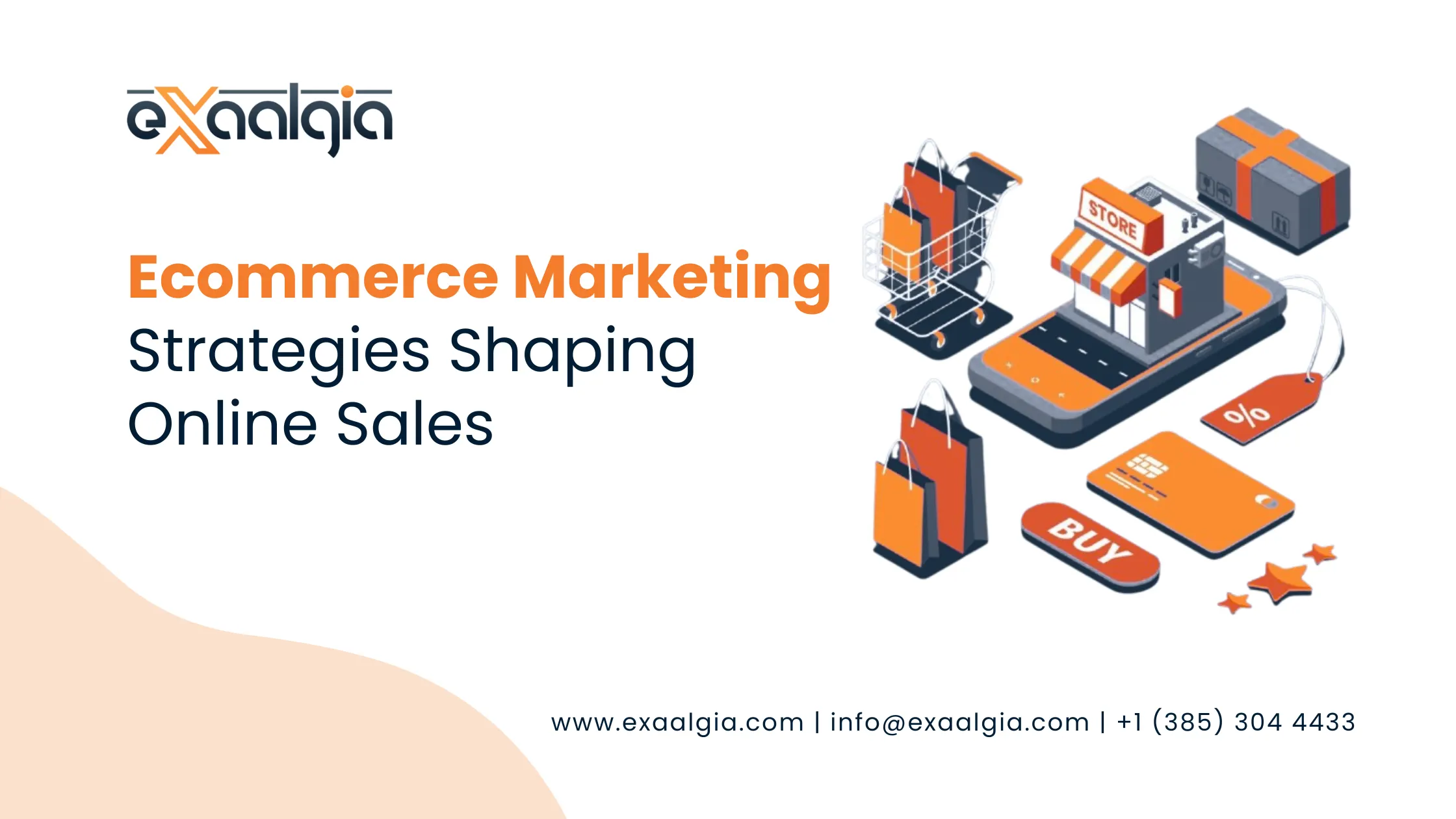In this guide, we will explore all the major types of eCommerce business models, helping you choose the best fit for your goals and showing how our digital marketing services can accelerate your success.
1. Business to Consumer (B2C)
What is it?
B2C is the model where businesses sell directly to individual consumers through online stores.
Key Traits:
- Quick decision-making
- Focus on user experience, branding, and storytelling
- High volume of transactions, often small in size
Popular Examples:
Amazon, Walmart, Zappos
Ideal For:
Retail brands, fashion lines, and product-based businesses targeting consumers.
Benefits & Considerations:
You control pricing, branding, and customer experience, but competition is fierce. Success demands strong SEO, user‑friendly design, and targeted marketing.
For tailored SEO services for B2C eCommerce, Exaalgia can help boost your store’s visibility and conversions.
2.Business to Business (B2B)
What is it?
When a business sells products or services to another business.
Key Traits:
- Large order volumes
- Negotiated pricing or tiered discounts
- Longer decision cycles and stronger relationship-building
Popular Examples:
Alibaba, ThomasNet
Ideal For:
Manufacturers, wholesalers, and suppliers who serve retailers or other enterprises.
Benefits & Challenges:
Higher revenue per transaction but requires robust operational processes, account management, and trust building.
Learn how our SEO Services USA can help B2B companies reach the right audience and increase lead generation.
3.Consumer to Consumer (C2C)
What is it?
Individual consumers sell items directly to other consumers via platforms.
Key Traits:
- Minimal startup cost
- Peer-to-peer structures
- Platforms earn through listing or transaction fees
Popular Examples:
eBay, Etsy, Facebook Marketplace
Ideal For:
Individuals selling secondhand items, handmade goods, vintage or craft products.
Pros & Cons:
Easy to start, minimal investment, but platform reputation and seller reliability affect visibility and sales.
Also read: SEO Checklist, perfect for individuals or small sellers looking to rank their C2C listings higher.
4.Consumer to Business (C2B)
What is it?
Consumers offer their products or services to businesses.
Key Traits:
- Freelancers and creators bid for projects
- Reverse auction or project-based pricing
- Businesses select based on proposals and portfolios
Popular Examples:
Fiverr, Upwork, 99designs
Ideal For:
Freelancers offering writing, graphic design, programming, marketing, or consulting services.
Advantages:
Flexibility and direct access to global clients, the downside is intense competition and fee structures from platforms.
If you’re a freelancer, our conversion rate optimization (CRO) services can help you craft high-converting profiles and proposals to attract top-paying clients.
5.Direct to Consumer (D2C)
What is it?
Brands sell directly to customers via their own channels—no middlemen.
Key Traits:
- Total control over branding, pricing, customer experience
- Strong reliance on owned digital channels (website, email, social media)
Popular Examples:
Warby Parker, Glossier
Ideal For:
Emerging brands that want to own the customer journey and foster loyalty.
Opportunities & Challenges:
Better margins and customer data, but requires powerful marketing, logistics, and direct support capabilities.
Check out the Shopify SEO guide, essential for D2C brands running on Shopify to improve visibility and sales.
6.Subscription Based eCommerce
What is it?
Products or services delivered regularly for a recurring fee.
Key Traits:
- Consistent customer billing (monthly, annual)
- Focus on retention and ongoing value
- Often includes personalization
Popular Examples:
Netflix, Dollar Shave Club, Blue Apron
Ideal For:
SaaS providers, curated product services, ongoing content, or replenishable goods.
Why It Works:
Predictable revenue and strong customer relationships, though churn management and retention are key concerns.
Learn more about creating conversion-driven SEO strategies to maximize subscriber retention and minimize churn.
7.Dropshipping
What is it?
You sell products, but a supplier handles inventory and shipping.
Key Traits:
- No warehousing needed
- Low startup cost
- Supplier reliability is critical
Popular Examples:
Oberlo‑powered online stores, Printful
Ideal For:
Entrepreneurs testing products or niches and small eCommerce stores without inventory investment.
Considerations:
Lower profit margins, less brand control, and dependence on third-party fulfilment.
Internal Resource: Backlink audit guide, essential for new dropshipping stores to maintain healthy site authority.
8.Wholesale eCommerce
What is it?
Selling products in bulk at wholesale rates to retailers or large customers.
Key Traits:
- Discounts for bulk orders
- Usually B2B or hybrid B2B/B2C models
Popular Examples:
Costco Business, DHgate
Ideal For:
Manufacturers or distributors offering volume discounts to retailers or businesses.
Advantages & Limitations:
Large-scale sales and lower per-unit effort, but higher requirements on supply chain and pricing negotiation.
Improve your wholesale store ranking with our on-page SEO services tailored for large-scale product catalogues.
9.White Label & Private Label eCommerce
What is it?
Reselling products manufactured by another company under your brand (white label) or creating your own branded versions (private label).
Key Traits:
- Fast to market
- Brand control without in-house manufacturing
- Tailored or rebranded products
Popular in:
Cosmetics, supplements, clothing, consumer goods
Ideal For:
Brands seeking quicker launch timelines and product differentiation.
Benefits & Challenges:
Control over branding and margins, but dependent on supplier quality and product consistency.
Find tools we use in digital marketing services to help white and private label brands stand out in search results.
10.Marketplace Model
What is it?
A platform where multiple sellers list their products for consumers in one place.
Key Traits:
- Platform earns via commissions or listing fees
- Sellers manage inventory and fulfilment.
- Wide variety of products
Popular Examples:
Amazon, eBay, Rakuten
Ideal For:
Entrepreneurs or organizations building platforms to connect buyers and sellers.
Upside & Drawbacks:
Scalability and diversity of offerings, but intense competition, platform management needs, and the need for robust customer support.
Related Read: Google ranking factors – critical for marketplace vendors aiming for top positions.
Find Your Ideal eCommerce Business Path
Finding the perfect model depends on your audience, resources, and vision for growth. Whether you’re targeting businesses or consumers, selling subscriptions or bulk products, success relies on data-driven decisions, strong branding, and SEO execution.
When selecting an eCommerce model, consider:
- Target audience (B2C vs. B2B)
- Budget and resources
- Scalability potential
- Branding and control
- Revenue structure
You can also refer to our eCommerce SEO services to optimize your eCommerce store for better visibility regardless of the model you choose.
SEO Best Practices for eCommerce
High rankings don’t happen by chance, they’re built on long-form content, keyword-rich pages, and strategic link-building. At Exaalgia, we specialize in optimizing eCommerce stores with advanced techniques like structured data, conversion-focused design, and targeted content marketing.
Learn more in our backlink audit guide and discover how to build authority safely and effectively.
Your Growth Starts Here
Choosing the right type of eCommerce business model is the foundation for success, but scaling it requires expertise. At Exaalgia, we combine proven SEO tactics, data-driven marketing, and high-performing technology to help your store rank higher, attract better leads, and boost revenue.
If you’re ready to turn your eCommerce idea into a revenue-generating powerhouse, contact Exaalgia today, and let’s build your success story together.
Ecommerce FAQ: Insights from Exaalgia Experts
Q1: Can I combine different eCommerce models?
Absolutely! Many brands mix B2C with subscriptions or add a wholesale division to diversify revenue.
Q2: Which eCommerce model has the highest ROI?
D2C and wholesale models often deliver higher margins when paired with strong SEO and marketing.
Q3: Is dropshipping still profitable in 2025?
Yes, but success depends on niche selection, reliable suppliers, and robust SEO.
Q4: How do marketplaces generate income?
Marketplaces earn through commissions, listing fees, and paid advertising.
Q5: Do all eCommerce businesses need SEO?
Yes. SEO drives organic traffic, lowers ad spend, and is essential for visibility in every eCommerce model.

